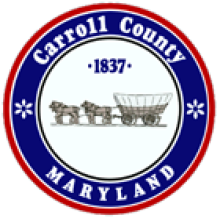Co-Mo Cooperative Facing Off With Subsidized CenturyLink in Missouri
Parts of rural central Missouri have some of the fastest Internet service available thanks to fiber service from Co-Mo Electric Cooperative and United Electric Cooperative. The two have worked together to bring gigabit FTTH to cooperative members in central Missouri. Now that they have proven that people and businesses want high capacity connectivity, CenturyLink is about to enter the scene. The company plans to use millions of dollars in Connect America Funds (CAF) to build in areas already served by the cooperatives.
After years of planning and hard work, Co-Mo and United are not taking the threat lightly. They have filed challenges with the Wireline Competition Bureau but CenturyLink's Inside-the-Beltway power has thus far served them well. The Wireline Competition Bureau denied a challenge by Co-Mo and United but the decision appears to contradict established policy. Co-Mo and United recently appealed to the FCC asking them to review the Bureau's Order allowing CenturyLink to use over $10 million in CAF. [Read the Application for Review here.]
CenturyLink argues that Co-Mo and United are not providing voice services because they are working with a third party, Big River Telephone Company, to bring VoIP to members. If this were true, it could disqualify them as providers and lend credence to the argument that there are census blocks in the area that are not served. Because Co-Mo and United install, take phone orders for subscribers, and service phone switches, they should qualify as a provider of land line voice services.
CenturyLink also asserted that census block information showed areas unserved even though those areas now have access to fiber connectivity from Co-Mo and United. General Manager of Co-Mo Connect Randy Klindt told us that the timing of their build prevented Co-Mo from providing an active customer in each block, but that service is available to people who live there. Even though it is not a requirement, Co-Mo and United now have detailed information that prove people in those census blocks can, and do, take FTTH service.



